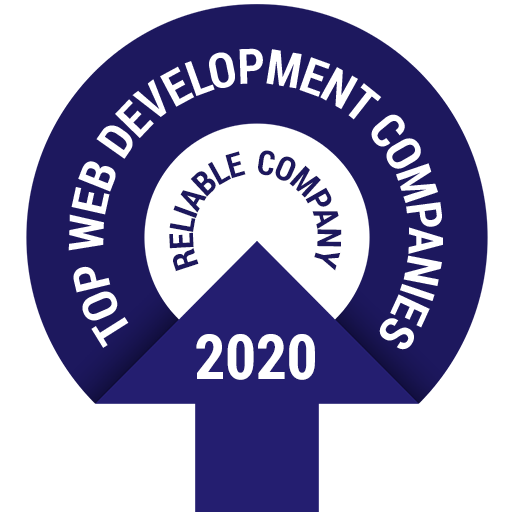As a fast growing web development company, we feel the world of front end web development changes quickly – new tastes and fashions often guide the changes, but the world of tech also plays a part. New coding languages and platforms for developers shift the way we work with the front end of a website, and it’s important each year to be aware of the development and trends we’re likely to see evolving over the next 12 months.
In this post we’ll look at the top front-end development predictions for 2015 – from the evolution of Responsive Design to new JavaScript Frameworks, there are many trends and predictions worth keeping your eye on.
Extended Mobile Apps Development
We are starting to see the beginning of a mobile-first development approach – whereby the user experience and impression users get of your website and your business will be first experienced on a tablet or web. It makes sense, therefore, to put mobile development at the forefront of your web world – and in terms of front-end development we can increasingly expect to see this attitude amongst web designers. In addition, we’re therefore likely to see increased use of Bootstrap within the mobile-first community.
New Responses to Responsive Web
With wearable devices rising in popularity – supporting a huge range of dimensions and screen sizes by major developers – we should expect to see new responses and attitudes towards the responsive web over the next 12 months. Responsive design will get faster, more intuitive and more advanced – frameworks such as Foundation and Semantic UI are set to rise in popularity, and it can be assumed that judging by the popularity of the responsive web over the last 12 months, it’ll become the new norm for designers and developers across the world this year. We’re also likely to see the evolution of device-agnostic approaches – essentially, a development approach that ensures the site you build is not dependent on knowing what device it is being displayed on.
Telling Stories Through Interactivity
We have got used to websites telling stories – sites such as The New York Times have become famous for beautifully crafted documentary stories such as High Rise and Snowfall. These however are largely static stories for everyone – although beautiful and well-designed they follow a conventional process for all users. One thing we’re likely to see more of in 2015 is interactivity and personalization on the web – not just in the content we’re offered but within the content and stories themselves. You may be likely to play the part of a character – and the decisions you make will affect how the story progresses.
Material Design
With Facebook testing a new Material Design overhaul for 2015, the issue has become too big to ignore and I think we can expect to see a lot of it throughout the rest of 2015. Google’s suggestions for Material Design for Lollipop - essentially a complete reimagining of the Android design and infrastructure – utilise to a great extent a floating icon and suggestions for Material Design have been posted on the Android Developers website here. In 2015, expect to see a lot of app updates to comply with these new guidelines.
The Rise of CSS Pre-Processing
There are many arguments online about why you should be using CSS Pre-Processing – but many people have been reluctant to add a new layer of complexity to their development workflow. This being said, in 2015 we’re likely to see more of it – it makes your code easier to maintain, it’s relatively easy to write and it introduces supercharged files that contain various mixins, variables and functions to your CSS.
If you’d like to get involved with Pre-Processing, visit Digital-Results’ introduction to pre-processing or go to one of the options out there – SASS.
Continued Evolution and Development of the Scroll
The results of various user tests from around the world all suggest the same thing. Given the choice, people will scroll rather than click. In 2015 we’ll continue to take performance of sites seriously, but intertwined with this is a need for developers to respond to users’ requests for speed and functionality. Scrolling is faster than clicking and it keeps users in a reading flow – we’re likely to see more focus on this as the year progresses.
Summary
We’re faced with an exciting time for web developers and for every web development company altogether – with a number of different trends and technologies converging to make a fascinating environment for today’s web developers.
We hope our front-end development predictions for 2015 have guided you towards some interesting concept or further reading. From the rise of the responsive web to Google’s new Material Design - there are many things worth keeping an eye out for this year that may completely revolutionise the way users navigate and experience the web and web development.

Written by Tanya Kumari
Tanya leads the Digital Marketing Team at Classic Informatics, a leading web development company . She is an avid reader, music lover and a technology enthusiast who likes to be up to date with all the latest advancements happening in the techno world. When she is not working on her latest article on agile team dynamics, you can find her by the coffee machine, briefing co-workers on the perks of living a healthy lifestyle and how to achieve it.








.png)










